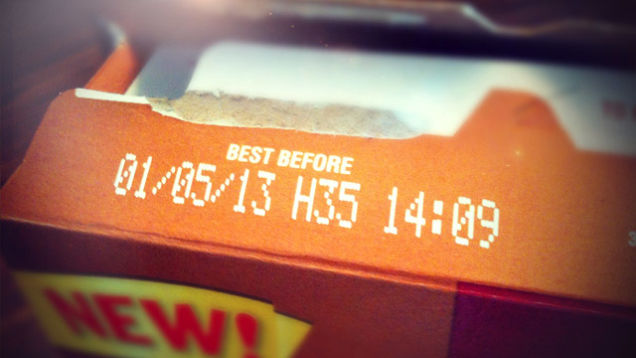
The United States Department of Agriculture estimates that around 30% of food is wasted due to misleading or confusing “use by” dates on food products. Many products that could still be sold or donated for consumption are mistakenly dumped at the retail and consumer level because labeling has not been standardized. Much of the confusion has stemmed from the difference in manufacturers printing “Use By” versus “Sell By” dates. The first refers to when consumers should consume the product by but only means that the quality of the product may be lesser than the intended quality state. This does not indicate that consumers will get sick after eating or drinking the product after the printed date. On the other hand, “Sell By” is directed at retailers as a suggested date for products to move off the shelves but again does not mean anyone would get sick after consuming by this date.
The problem is that the USDA does not currently have any federal regulations on required stamping dates on any food or drink products other than infant and baby formula. The new regulations are meant to save consumers money and food and prevent perfectly fine produce from ending up in the trash. Although the USDA has announced their intent towards standardizing the labeling, formal regulations must be passed by congress and that is unlikely to move forward soon with a new congress this January.
Other food labeling initiatives that will take effect in 2017 include more clearly printed serving sizes and calorie counts per serving size. Additionally, added sugars will be another line item under total sugars. The Food and Drug Administration has been pushing for these changes in order to make understanding food intake easier for consumers. The FDA has said that they want to curb obesity rates by letting people know what they are eating, not telling them what to eat.
For more information on state food codes, please visit our State Food Handlers Requirements page.
For materials on safe food handling, please visit our Food Handlers Study Guide page.